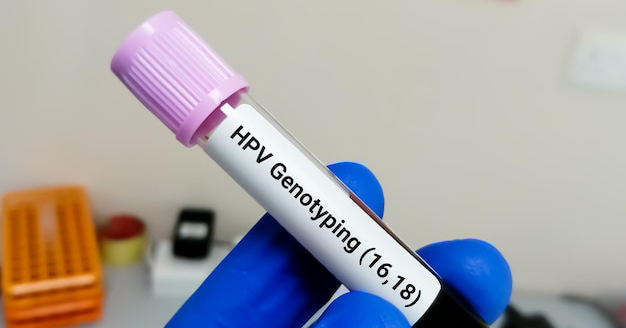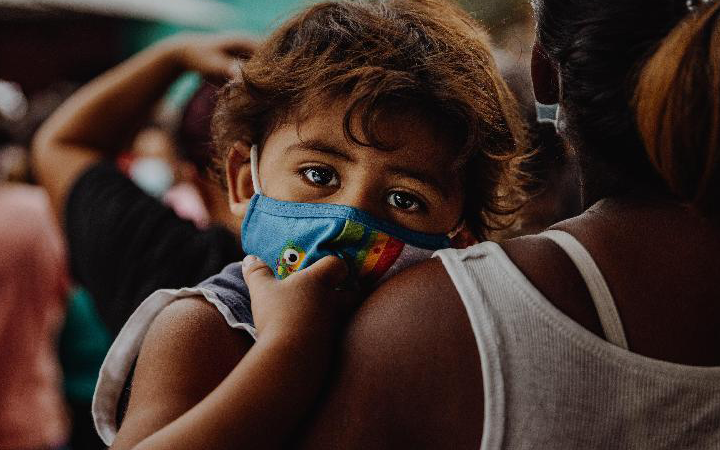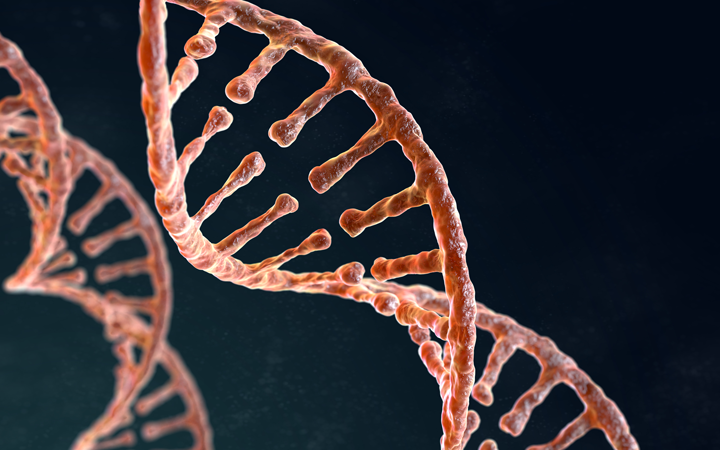9vHPV is not 100% effective! High Risk HPV Test is as Important as Vaccination
9vHPV, a Powerful Weapon Against Cervical Cancer
In the global fight against the cervical cancer and associated HPV issues, HPV vaccines are a powerful preventive tool. The 9-valent HPV vaccine, also known as 9vHPV, is one of the 3 HPV vaccines (the other two are 2vHPV and 4vHPV) that defend against HPV infection. Cervical cancer is mainly caused by HPV 16 and 18, which constitute 70% of cases of cervical cancer worldwide. The 9vHPV vaccine can effectively prevent this cancer. In addition to HPV 31, 33, 45, 52, and 58, 9vHPV targets two other high-risk, cancer-associated HPV types, HPV 16, 18. As of 2014, 9vHPV was licensed for both males and females by the FDA[1].
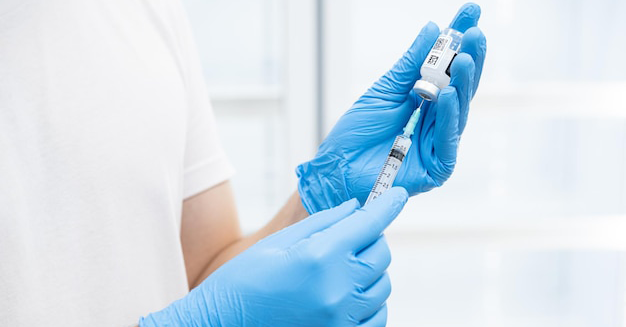
9vHPV is the most effective and protective one of three HPV vaccines available for routine vaccination. This vaccine contains virus-like particles (VLPs), which are non-infectious. 9vHPV contains HPV 6, 11, 16, 18, 31, 33, 45, 52, and 58 VLPs. In December 2014, the FDA approved 9vHPV for treating females and males between the ages of 9 and 15.
9vHPV Is Not a Panacea
However, regardless of its values, 9vHPV is not a panacea. 4 major downsides of 9vHPV are: its age restriction, side effective, rarity and, most importantly, the fact that it is not 100% effective.
1. Age restriction
HPV vaccination recommendations vary by age group.
Regardless of the fact that 9vHPV vaccine is licensed for females and males whose ages are between 9 to 45 years old, and ACIP (Advisory Committee on Immunization Practices) recommended routine catch-up HPV vaccination of all previously unvaccinated or incompletely vaccinated people aged 22 through 26, catch-up HPV vaccination is not recommended for all adults older than 26 years of age.
HPV generally is acquired soon after first sexual activity, and vaccine effectiveness is reduced in older age groups as the result of prior infections. Therefore, exposure to HPV decreases among individuals in older age groups.
2. Side Effect
Injecting 9vHPV led to more adverse events at the injection site among 9 to 26 years aged females, including swelling (40.3%) and erythema (34.0%). The number of adverse events at injection sites was lower among males. It was found that 26.9% and 24.9% of 9vHPV recipients had swelling and erythema at the injection site, respectively, in males ranging from 9 to 15 years. 9vHPV doses induced swelling and erythema at injection sites. No safety signals have been identified (i.e., increased numbers of adverse outcomes). Although these data are readily available, vaccine safety concerns prevail, and parents report them as one of the top five reasons they do not initiate HPV vaccinations.
3. Rarity
Unlike 2vHPV and 4vHPV, which are more commonly seen and affordable, 9vHPV has proven itself hard to obtain in some regions. Worse is, many people may fall for the obsessiveness to get the best protection, waiting in the long line for one shot, even at their own risk of missing their best age to get vaccinated.
4. Not 100% effective
There is no vaccination that makes people completely immune to diseases. 9vHPV’s efficacy is close to 100%, but not 100%, which means those who get vaccinated still have a chance, however small it may be, to catch disease.
Additionally, like most vaccination, 9vHPV has its own side effects, such as the swelling and erythema.
Better Prevention than Cure
Taking care of someone is better than trying to cure them. High risk HPV test is important, even necessary for both women and men, of all ages. Thus, diagnostic kits for high risk HPV test have also gained considerable importance in testing and screening, with Sansure’s High-risk Human Papillomavirus DNA (Genotype) Diagnostic Kit being used for the detection of 15 high-risk HPV types. Ever since its launching day, this diagnostic kit has been gaining popularity, for 4 good reasons:
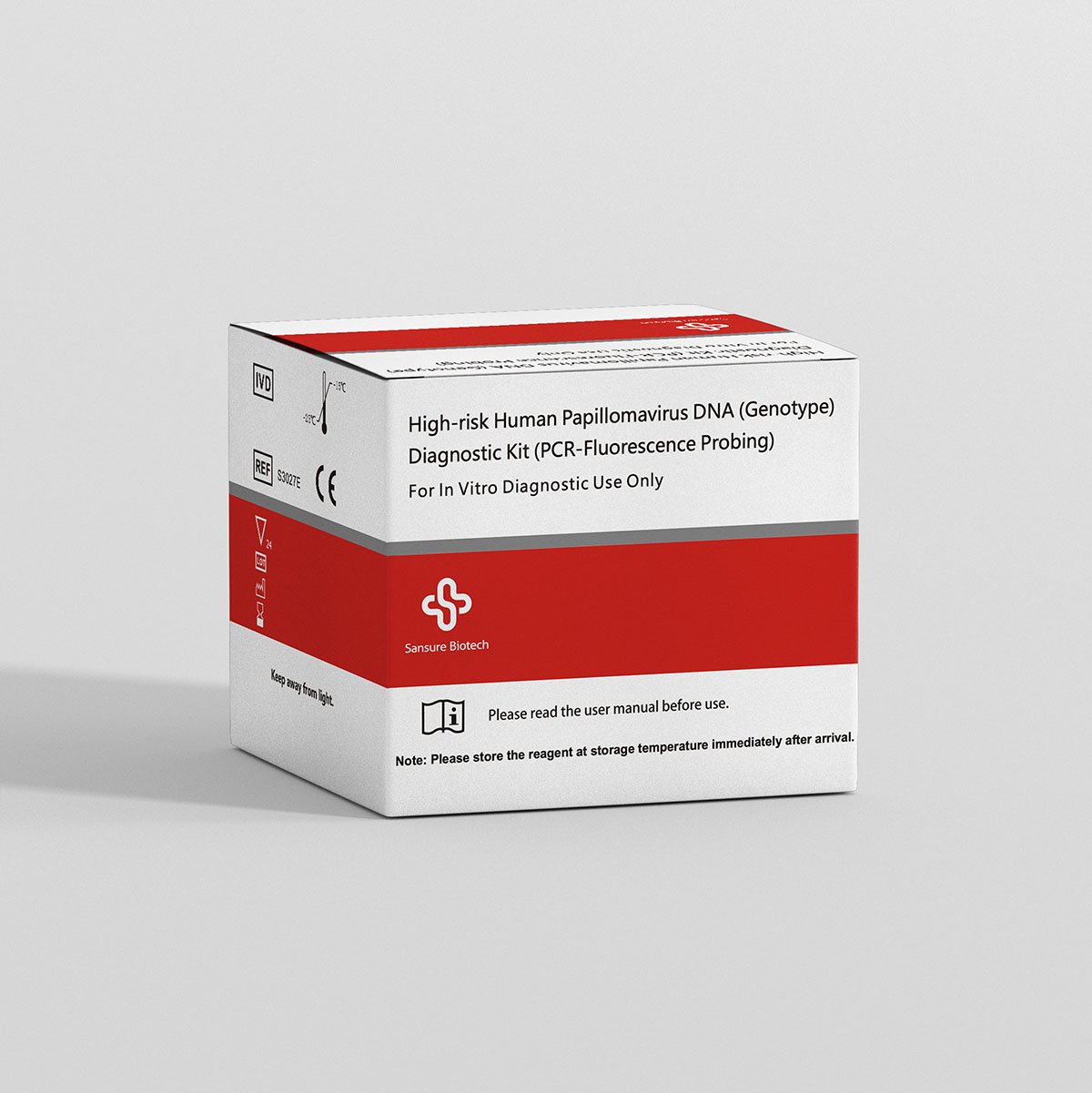
1. Wide coverage, as it detects 15 types of high-risk HPVs
Detecting 15 high-risk HPV types present in exfoliated cells taken from females’ cervixes, this HPV genotyping test kit has wide coverage for 15 HPV genotypes (16, 18, 31, 33, 35, 39, 45, 51, 52, 53, 56, 58, 59, 66, 68), which can be identified based on the test results.
2. Easily operated
Not only is this test kit for high risk HPV test operation-friendly, but also contamination-free, and compatible with other wide range of devices.
3. Fast
With our independently developed high-throughput, one-tube fast-release technology for an HPV PCR test, the results of the high risk HPV test can be gained quickly. Paired with our Portable Molecule Workstation, iPonatic, the diagnostic kit can shrink the result gaining time within a blink of eyes.
4. Highly sensitive that ensures result’s accuracy
Accuracy is what matters most in high risk HPV test. Luckily, this diagnostic kit has effective quality control and can thus avoid false positive results. As for the lower detection limit of 15 HPV genotypes, the lower detection limit is determined to be 400 copies/mL for each genotype.
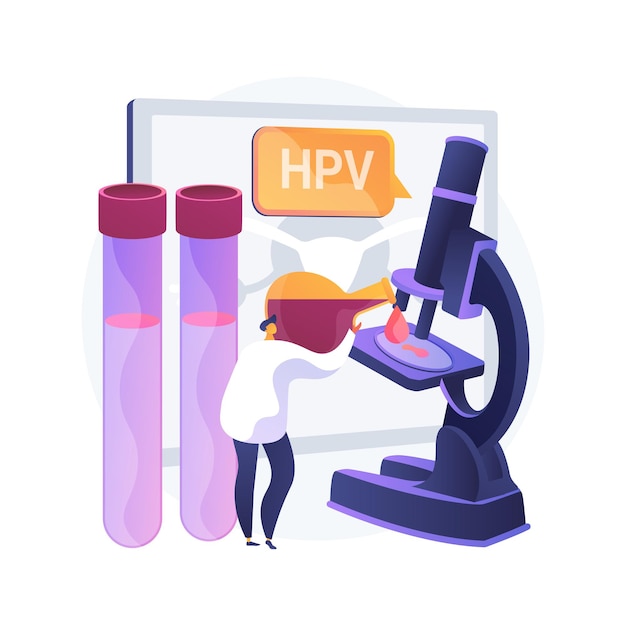
Sansure has been one of the top-line diagnostic kits manufacturers. Keeping the fast-changing industry trends in view, we have been improving and upgrading diagnostic tools/kits for both medium and high risk HPV test. With those proven properties, our products have the highest standards and unique features like specificity and sensitivity.
Using top-notch manufacturers, Sansure will be a lifetime experience for health professionals. Stay safe and healthy with Sansure.
References:
[1] Gee, J., Weinbaum, C., Sukumaran, L., & Markowitz, L. E. (2016). Quadrivalent HPV vaccine safety review and safety monitoring plans for nine-valent HPV vaccine in the United States. Human vaccines & immunotherapeutics, 12(6), 1406-1417.

